Opening Moves: Learning from the Pros
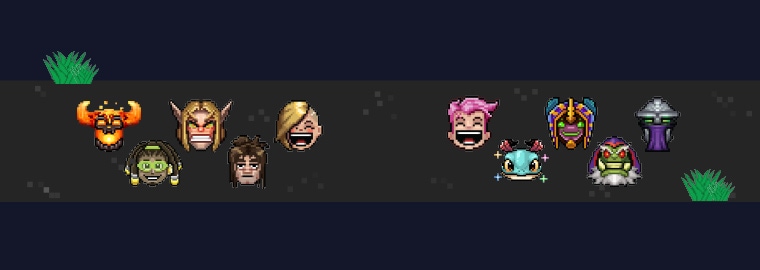
2018 has inspired us here at Blizzard to create content that aims to educate our player base on the variety of different ways to start a competitive match, informed by some of the best players in the scene. Below you can find a selection of tips that will help you become a better team player in Heroes of the Storm.
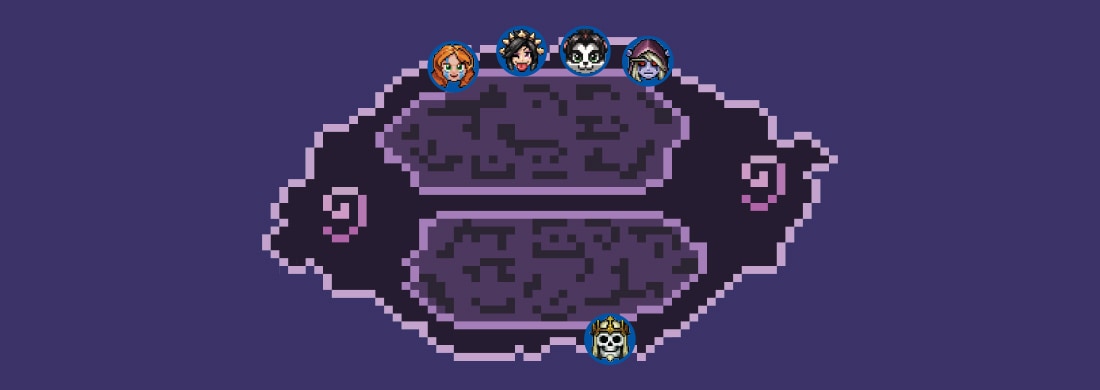
The 4-1 Split, Everything You Need to Know
The 4-1 split is one of the most popular lane designations in competitive Heroes of the Storm. In a nutshell, it simply means that one team dispatches a solo laner on his own while the rest of the team rotates between the remaining lanes to clear waves—typically mid and bottom or mid and top. The strategy is seen most often, and yields the most success, on two-lane Battlegrounds such as Braxis Holdout, Battlefield of Eternity, Haunted Mines.
Building A Successful Four-Man
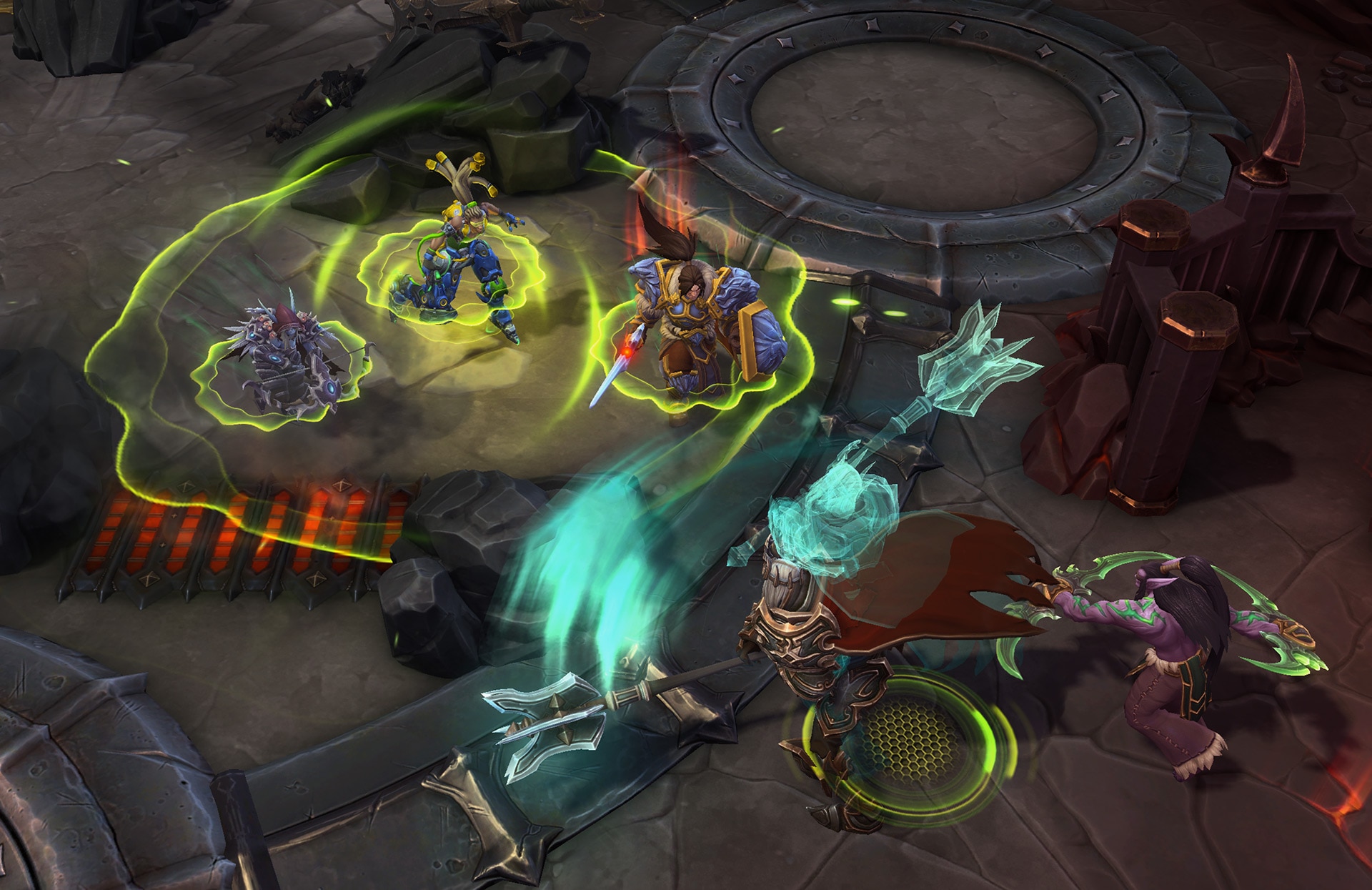
What makes a good four-man?
“It’s constantly evolving,” said Method ranged flex Adrian “adrd” Wojcik. “It used to be that the four-man was only ‘deathballing,’ or picking Heroes that out-sustain enemies and brawling four versus four. Often, though, you would end up in a situation where your four-man would be weaker than the opposing team’s. So, at this point, you must work around that.”
Nowadays to pull-off a good four-man rotation you need to look at the macro game and understand the amount of pressure on the Battleground at any given point in time. The most obvious pressure is lane pressure: when a wave is about to crash and must be cleared. The less obvious pressure occurs when an enemy Hero (specifically one that has crowd control or high burst damage) goes missing. When this happens, you must assume them to be anywhere and everywhere while playing reserved. When the four-man goes missing, it’s important to make yourself scarce, as you could be the next victim of a savage gank. Consider yourself warned.
The Role of an Offlaner

“You can probably hold one versus two.”
Remember this phrase the next time you step into a lane while outnumbered.
Assume your four-man is going well. They are getting kills and winning their rotation handedly. The advantage this brings doesn’t amount to much if the solo laner is struggling. The “1” in the 4-1 split is the most important part of the equation.
“I think most of the normal 1v1 laners are pretty decent at holding 2v1,” adrd said. “On some maps, it is very important that your solo laner doesn't lose too hard. On Braxis, for example, it's important to have a solo laner who can win their lane because it gives an insane advantage. You can hold one of the beacons for free basically after the structure in lane is gone. On most Battlegrounds, you have to consider how well the offlaner does in team fights as well.”
Depending on the Battleground, you can decide for yourself if it’s more beneficial to take on the role of an offlaner or join in the four-man deathball. If you follow in the footsteps of the Mad Scientist, you’ll likely be winning rotations before you know it.

5v5 Mid, Why Do We Do This to Ourselves?
Why does everyone run to the middle at the start of the game? When asked, the legendary flex player Simon “scHwimpi” Svensson, gave as honest an answer as he could:
“I don’t understand why people go five mid. I hate it.”
Stack, Stack, Stack
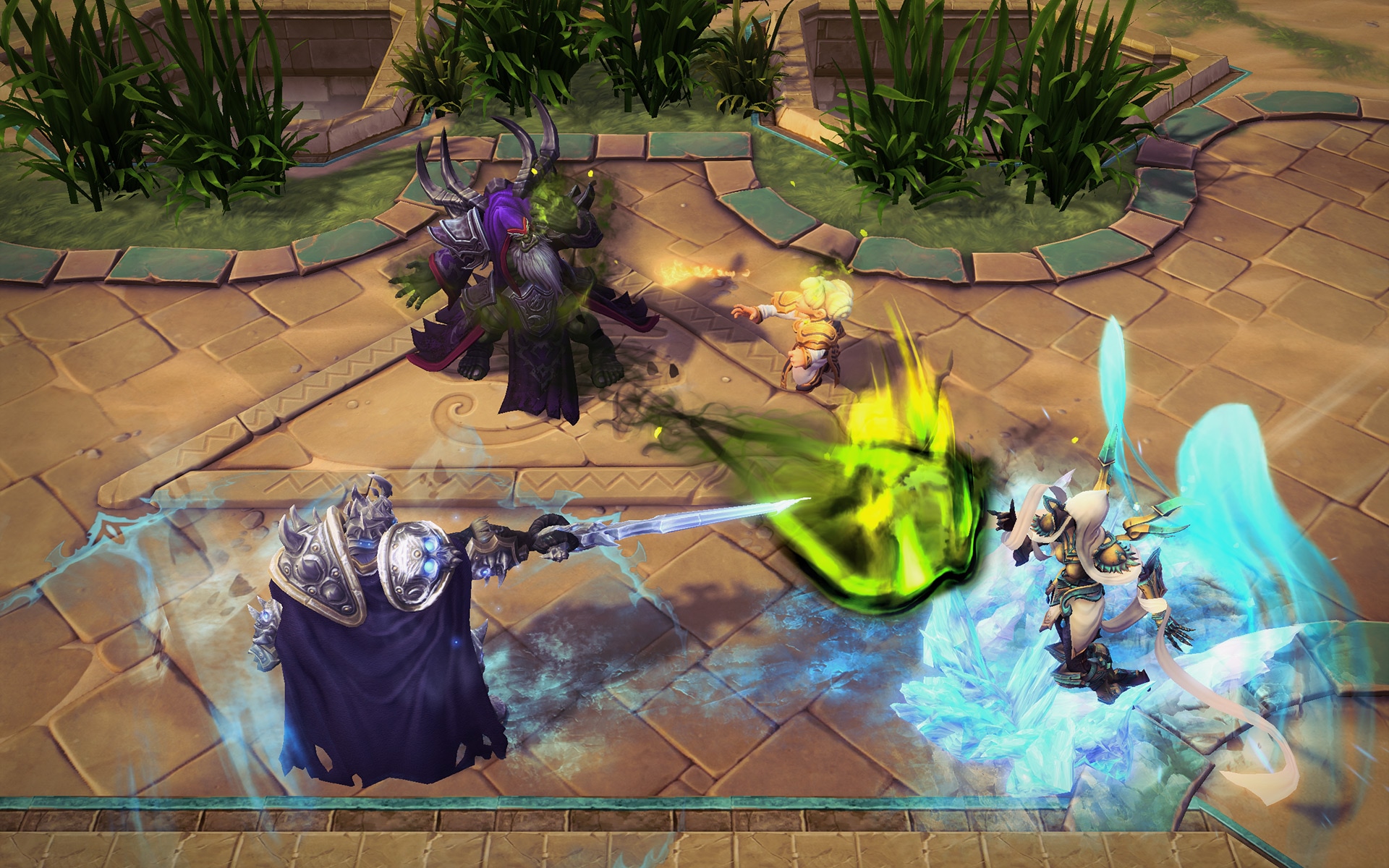
“I think it all started when people were committing three heroes to mid regularly when it was unknown where the enemy team would show on the map,” scHwimpi said. “If they show in a side lane, you can push mid, if they don’t match mid you can get a kill, etc. In competitive I think the five-man mid strategy spawned out of necessity to counter this, although I’m not sure if there has ever been a real thought process behind it with the exception of getting level 1 stacks on big maps.”
With Heroes that have baseline quest or level 1 quest talent, sometimes you have to land a certain number of spells on enemy Heroes before you hit a power spike.
“If you’re looking for stacks and the other team can’t contest as five, then going five mid at the start will likely work out,” scHwimpi said. “It’s very dependent on team compositions. If one team has a strong push and the other team has split their resources between all lanes, then they will likely get demolished in mid.”
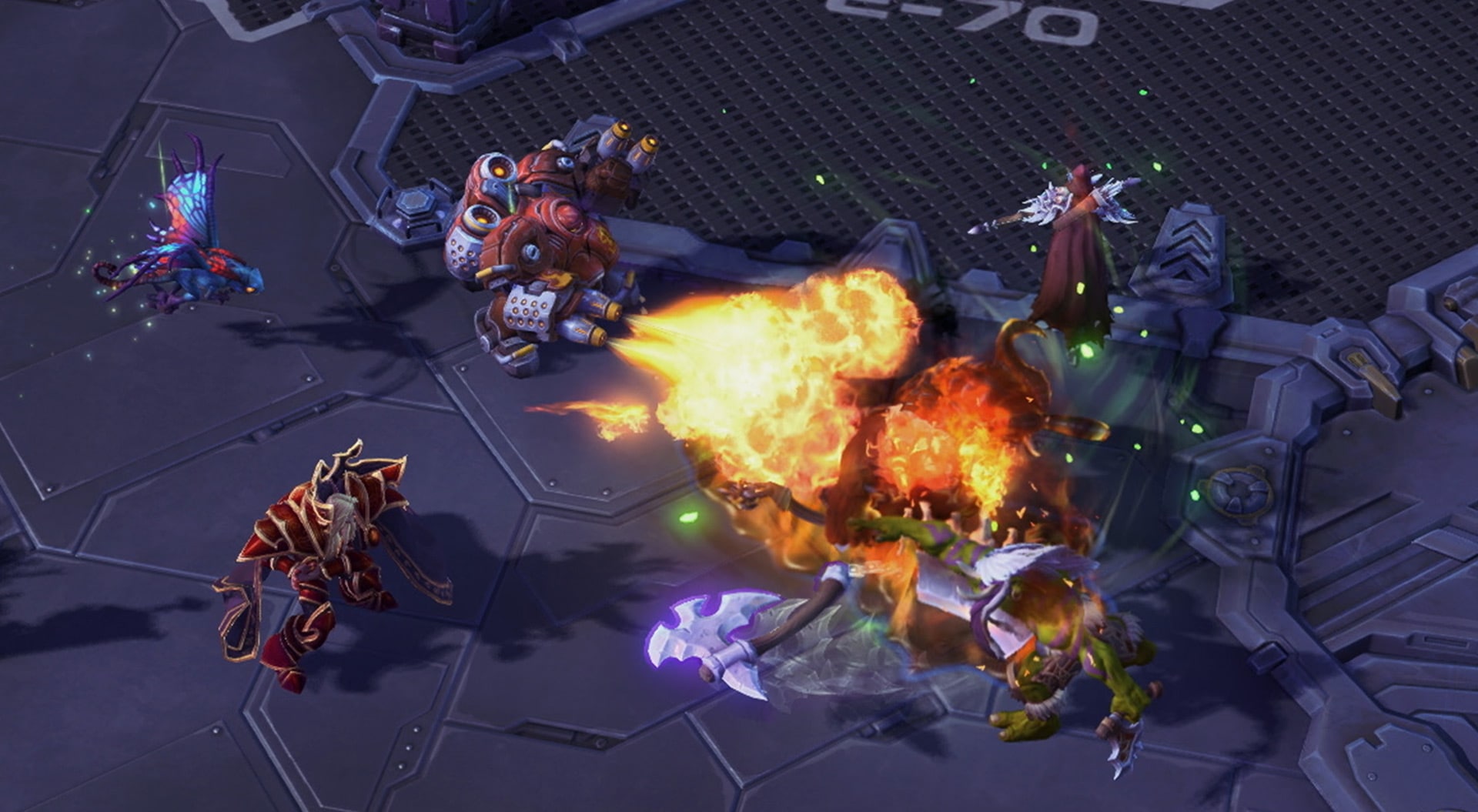
Although he may detest this strategy, scHwimpi is as guilty as the rest of the grandmasters in European Hero League. “I do run mid in Hero League just so I can help my teammates not mess up. If I have a strong 1v1 hero, I will likely trap a rotation to a sideline, meaning that I’ll stand in a bush or something between mid and bottom or top and wait for one of their heroes to rotate to the vacant lane for soak. When they walk by, I will either kill them or chunk them.”

Death bushing
Death bushing, otherwise referred to as “Chinese Bush Meta,” is a very simple playstyle. You and your teammates wait in a bush for unsuspecting passersby and perform a coordinated takedown. While this technique is usually in play towards the late game with the aim of securing the final kill needed to push for core, it has its merits early on.
Origins
The phrase “Chinese Bush Meta” was originally coined by Daniel “Artosis” Stemkoski at 2016’s Spring Championship, which was arguably the best performance that the Chinese region has shown to date at an international event, as former world-class caliber teams eStar and EDward Gaming (EDG) found their way through to the semifinals.
Why is death bushing a thing? Many signs point back to a time in Heroes esports history when most of the top Western teams first began utilizing Falstad for his Gust Heroic, often taking the High Thane of the Wildhammer Clan early in the draft. Asian teams responded by drafting stun-lock compositions and waiting patiently in a bush for the unwitting global assassin to chance by.
Execution
The team that many consider to be the pioneer of this tendency would be EDG, the Chinese 2016 Spring Championship runner-up. For the best example of EDG’s tactics, look no further than their group stage match against Cloud9, who were hot off their BlizzCon 2015 win at the time.
EDG starts the game with a cheeky bush camp strategy in top lane, and while it didn’t pay off against Kun “iDream” Fang’s Chen at first, it did accomplish something else: create pressure and demand respect where there was none. For the rest of the game, Cloud9 had to fear all bushes, praying that a stun chain headed up by Tyrande wouldn’t spell instant death.
Don’t Face Check the Bushes, Seriously
Universally, pro players will tell you that it’s more important to respect the fog of war than it is to respect your opponent in lane. In every bush and shadow an enemy (or five enemies) could lurk. Unless their hand is forced, top teams do not show on the map unless they want to, often attempting to create misdirection and to lure an enemy into a false sense of comfort. Most of the time—specifically with Heroes like Stitches, Li-Ming, and Malfurion—professionals will tell you that you shouldn’t be afraid to throw out spells blindly if there is even a remote chance of connecting.
Just like traditional sports, the saying “the best defense is a good offense” holds true in Heroes of the Storm. So, get out there and practice the bush lurk. Just make sure you’re prepared for a fight when the right target walks by.